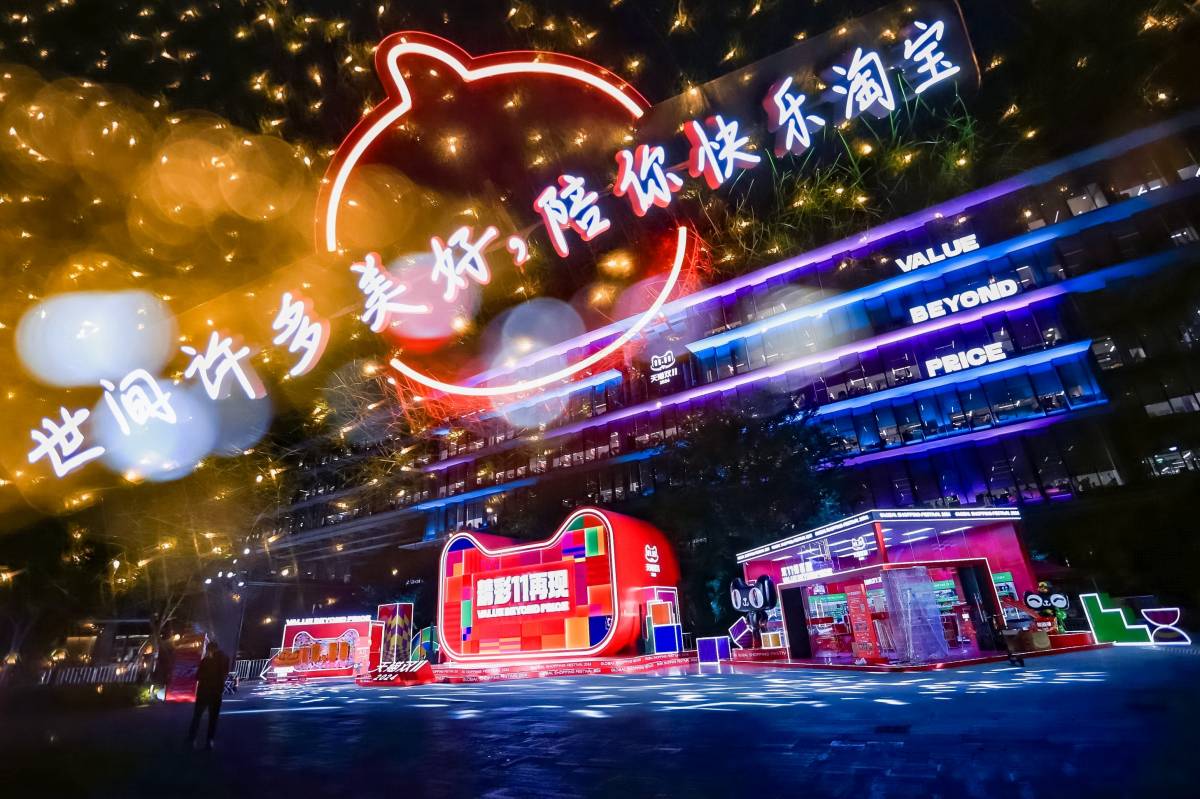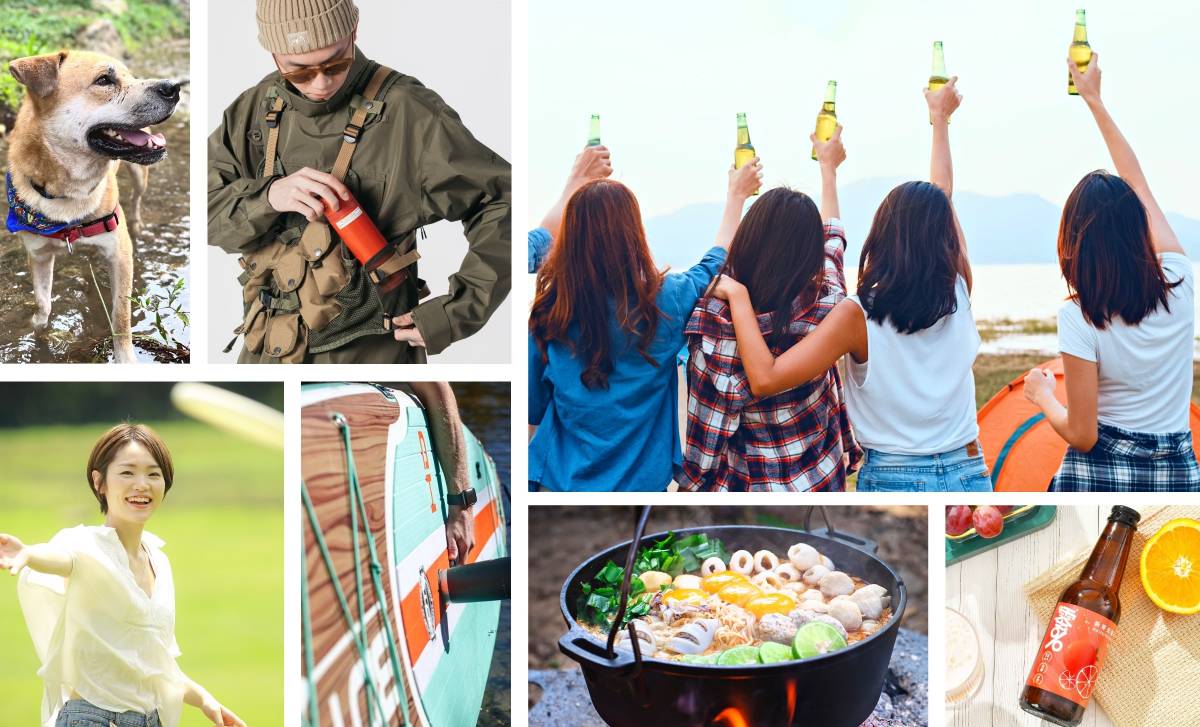
China’s young consumers are taking the country’s retail landscape by storm as they hunt for fresh experiences and novel indulgences.
Once-obscure activities such as paddleboarding are fast becoming after-work pastimes. Meanwhile, a greater focus on wellness is boosting retail categories such as non-alcoholic beverages.
“Young people are willing to express themselves, and the values they live by, through their hobbies,” Xu Yingfeng, co-founder of designer flying disc brand Yikun, a fast-growing startup from Hangzhou, on the Eastern coast of China, that is pivoting to capture this trend.
Generation Z shoppers, born between 1996 and 2010, account for roughly just 15% of China’s population but have an outsize influence on future consumption trends, according to a 2021 report by consultancy McKinsey.
“Gen Zers, one of the biggest spending groups in China, are willing to pay for three things: interest, experience and emotional value,” Sun Yuanwen, founder of Guangzhou-based toy retailer Top Toy.
During a tough year for retailers in China, these niche categories have proved bright spots in China’s retail industry, the largest consumer economy today in terms of purchasing power parity per McKinsey estimates.
Many of these emerging trends were on display earlier this month at Alibaba Group’s Maker Festival. As one of the largest events of its kind in Asia, it has become a venue for Chinese startups to launch products and investors to discover consumer trends.
Alizila roamed the Maker Festival’s halls and spoke with business owners and the hipster urbanites browsing the merchandise. During the week-long event, we identified the biggest trends that are likely to hit the streets from Shanghai to Beijing.


Gen Z is entering a league of their own as they look for activities that are more accessible, inclusive and non-competitive than mainstream organized sports.
Witness the growing popularity of stand-up paddleboarding and playing a friendly game of catch with flying discs in China’s local parks.
“Outdoor sports have become a form of self-expression for young consumers in China,” Wang Xiaoyuan, an industry representative of the outdoor sports category at Alibaba’s business-to-consumer platform Tmall, told Alizila in Mandarin.
The flying disk brand Yikun pivoted from professional players to amateurs earlier this year to embrace adrenaline-seeking younger consumers looking for social connection through outdoor sports.

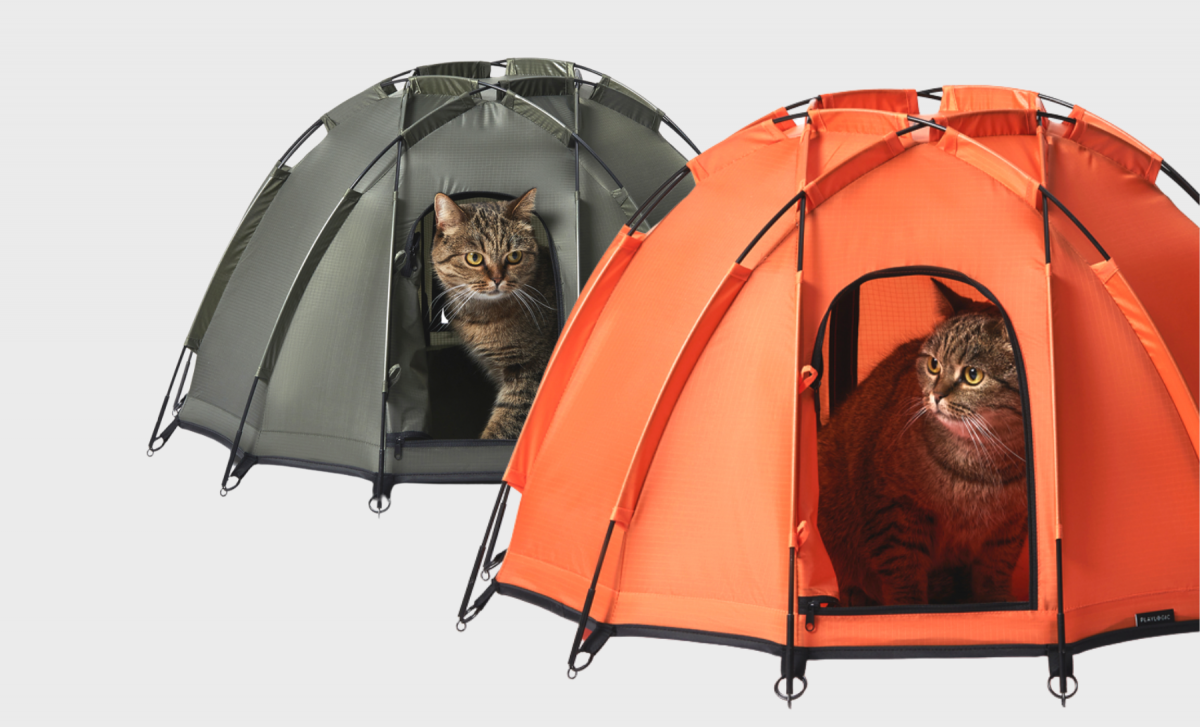
Outdoor gear for pets, from windbreakers to tents, is gaining in popularity as Gen Z Chinese pet owners share their lifestyles with their fur babies.
“The younger generation of Chinese pet owners view pets as their children. They tend to project their lifestyles onto their pets,” Xiao Zhiyong, industry representative of the pet category at Alibaba’s online marketplace Taobao, told Alizila in Mandarin.
Pet brands on Tmall saw their gross merchandising value (GMV) jump 30% year-on-year during this year’s 6.18 Mid-Year Shopping Festival, according to the platform.
Hubei-based Yang Lin, owner of five dogs and a cat, embodies this trend and founded outdoor pet gear brand Aowu in 2017 to serve dog owners.
“I want my pups to be able to run and expend their energy in the wilds of nature,” said Yang, who designed a reflective and lightweight doggy raincoat for hiking in the mountains near her Hubei home in central China.

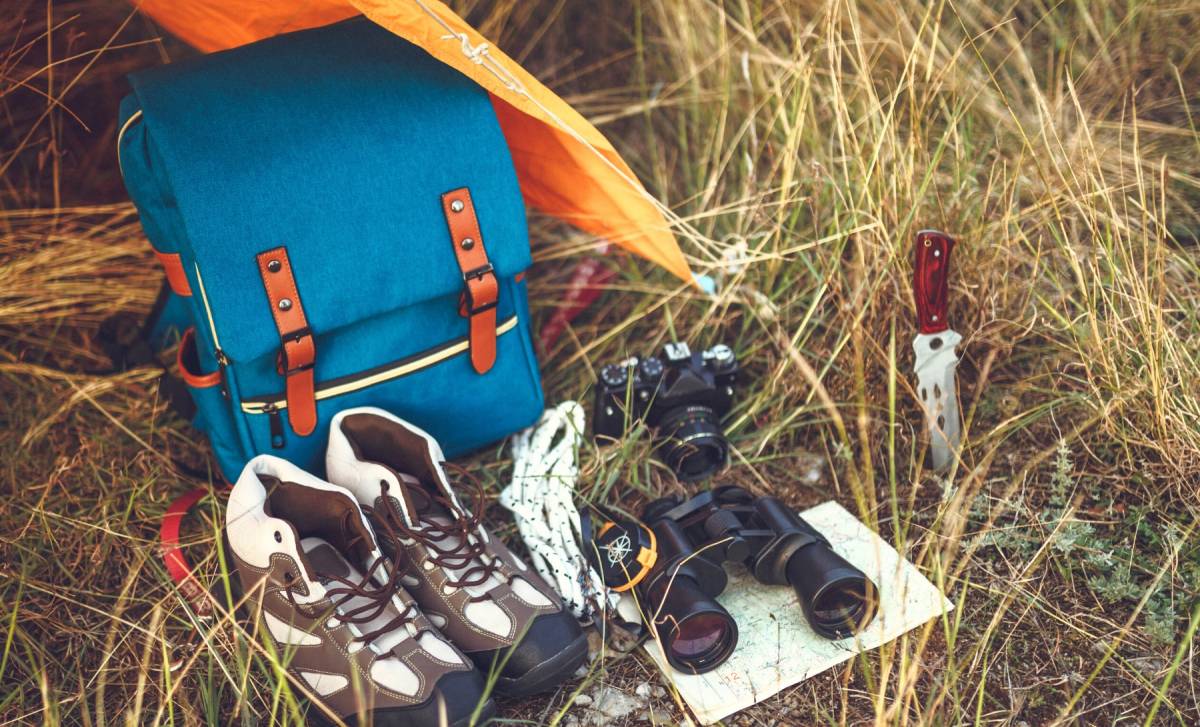
Chinese Gen Zers are already a host of eco-warriors, recycling and reusing where possible. Young consumers are taking this to the molecular level by choosing products made from post-consumer waste and naturally degradable materials.
According to consultancy Accenture’s Chinese Consumer Insights 2022, 43% of consumers in China are willing to pay a premium for green products. Brands using sustainable practices in product design and manufacturing stand to benefit.
“Eco-friendliness will become the basic requirement for consumer goods companies in China,” said Zhao Hanqing, co-founder of Slowow, a glamour camping — or glamping — equipment startup based in Beijing.
Slowow quickly embraced sustainable designs to make its glamping products as durable and environmentally-conscious as possible.

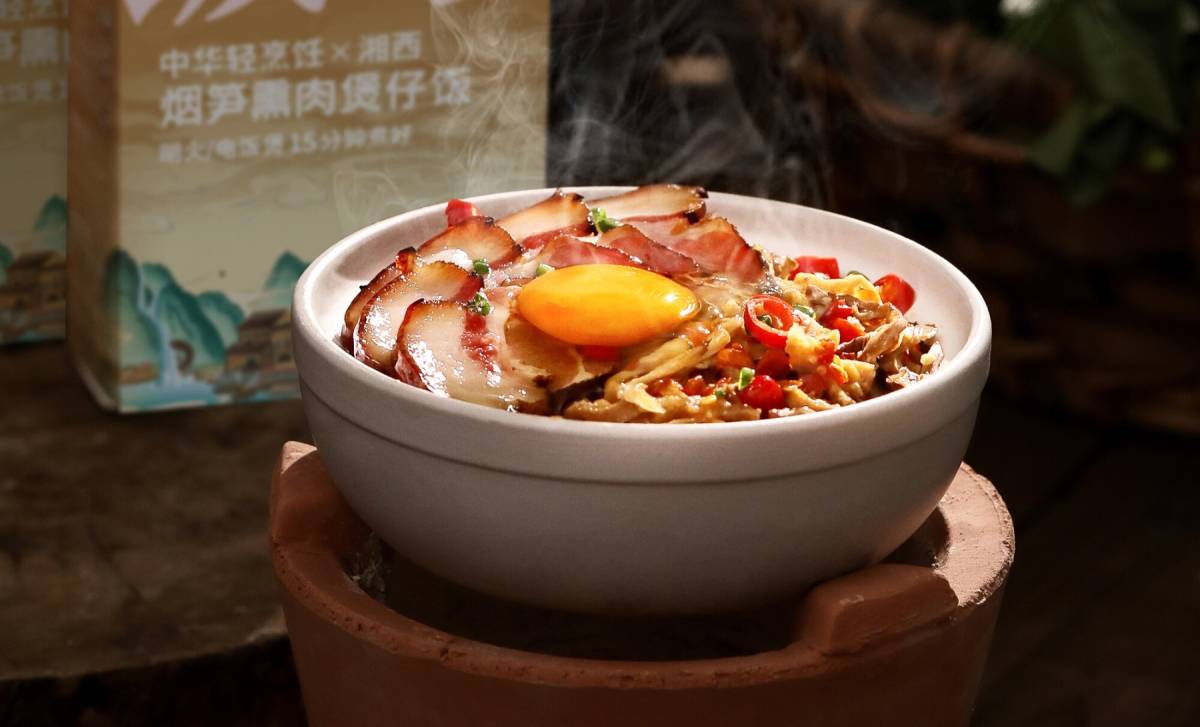
Whether hiking with their dogs or trying their hand at stand-up paddleboarding, Gen-Z consumers are working up an appetite. Entrepreneurs smell opportunity and are cooking up ready-made meals for outdoor adventurers.
Guangzhou-based startup Fanhu entered the ready-made meal market in 2020 with campfire-friendly meals-in-one, featuring pre-portioned ingredients and easily assembled seasoning packs in pottery dishes at RMB20 ($2.89) each.
Unlike conventional ready-made meals designed for cooks to reheat in an oven or microwave, these dishes are meant to be eaten by campers and nature enthusiasts far from their kitchens.
“The traditional white clay pot can be put directly on the camp stove, and the whole cooking process is social media and photo-friendly,” He Hua, founder of Fanhu Cooking, told Alizila in Mandarin.


For thousands of years, China has been known as a nation of Baijiu drinkers, but the cup is running dry as Gen Z and millennial drinkers crave healthier options.
Beerless beer and other non-alcoholic versions of classic beverages are growing in popularity among drinkers of all ages in China, especially trendsetting Gen Z and health-aware consumers.
Tmall said its alcohol-free and low-calorie beer category soared 657% year-on-year in terms of GMV between 2020 and last year.
Established global and domestic players, from beer-producing Belgian multinational AB InBev to Shandong-headquartered Tsingtao Brewery, have jumped on the trend in recent years with low-alcoholic takes on pub favorites.



